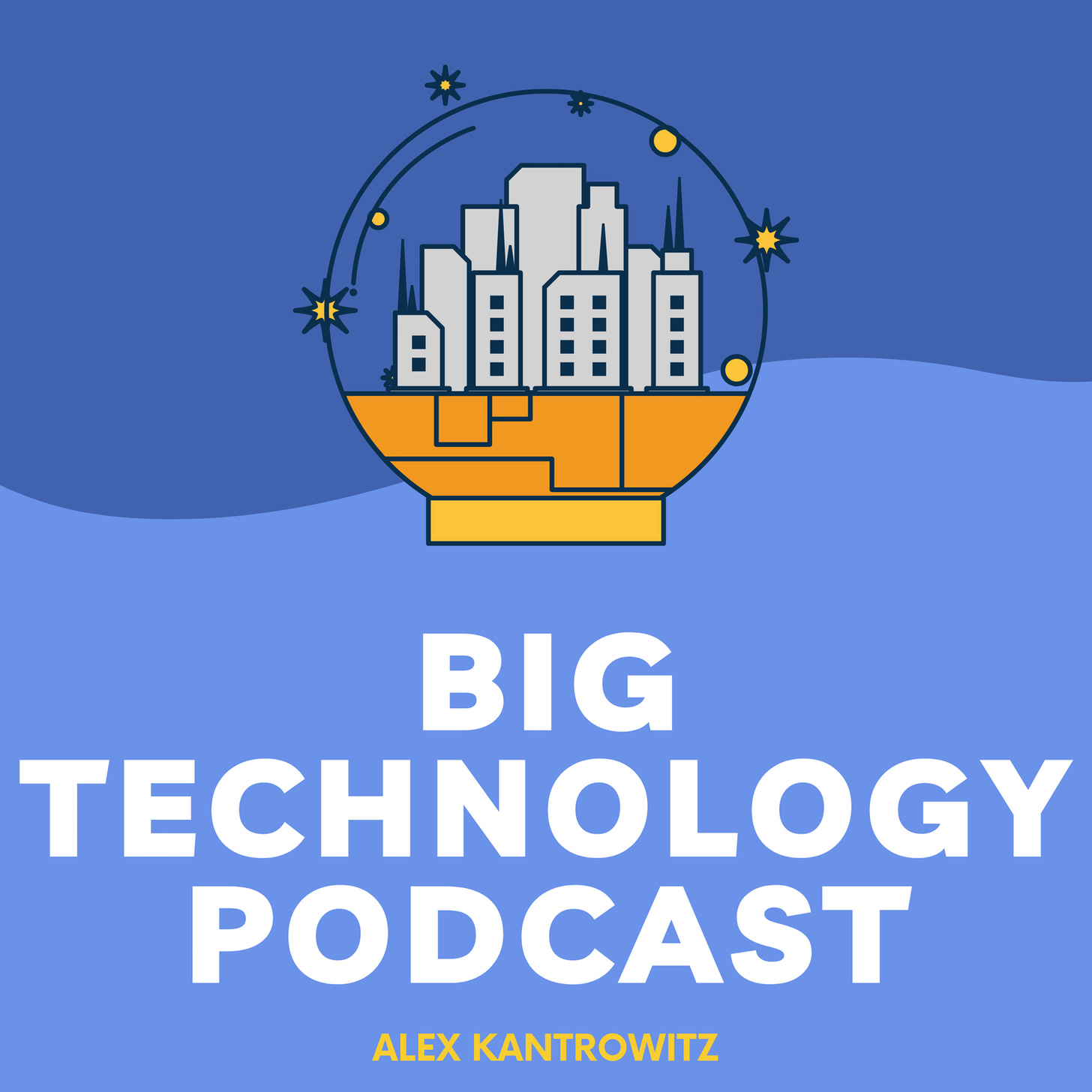|
Adventures in TikTok Marketing
TikTok is a traffic cannon with a fascinating algorithm. What I’ve learned after three weeks of experimentation.
Something wild happened after I posted my seventh TikTok. My newly-active account — set up to promote Big Technology Podcast — had only a few hundred followers, but the video boomed across the network. It hit 10,000 views within hours, then 100,000, and settled above 400,000 the next day. Reaching that many people would’ve taken months with the podcast. On TikTok, it happened overnight.
In three weeks of experimentation on TikTok, YouTube Shorts, and Instagram Reels, I’ve learned much about the way these platforms operate, far more than as an observer. The differences between them surprised me. Their power to distribute videos was something to behold. And the opportunity to capitalize on their needs seemed immense, if a bit risky.
This week, with input from some TikTok experts, I’ll share what I’ve learned:
TikTok is a traffic cannon
TikTok takes videos that resonate with its users and blasts them to thousands — if not millions — of viewers. The platform is reminiscent of mid-2010s Facebook, where anything moderately worthy could find a massive audience on the News Feed. But this time, thanks to TikTok’s algorithm, you don’t need a large following to land the traffic.
TikTok is so popular that its demand for quality videos far outpaces supply, which is why even decent videos go ballistic there. “It’s the place where people are spending the most time, but it's the platform that's known least,” said Nick Cicero, VP of strategy at digital analytics firm Conviva. “There's a huge opportunity for people that are jumping in right now.”
I found similar dynamics on YouTube Shorts, but not on Instagram Reels (more on that in a bit).
A fascinating algorithm
TikTok’s algorithm seems to seed all videos to a test set of users and decide whether to blast them further based on the reaction. Analyst Nathan Baschez calls this “universal basic distribution,” a fitting name. Every video I post on TikTok gets at least a few hundred views. Then it either fades or gets thousands more views almost instantly.
TikTok will distribute posts in brackets of traffic, said Zac Goodsir, co-founder of Supermix, the agency I work with on these videos. Video views on TikTok will jump from a few hundred, to a few thousand, tens of thousands, and hundreds of thousands in an almost step-by-step pattern. Each time, the algorithm distributes, waits, assesses, and then acts. This enables content from anyone, no matter the following, to spread widely across the platform. It ensures that users’ feeds are filled with good stuff, taking a wide universe of content into consideration for each recommendation.
Instagram’s liability
Instagram does not seem to employ this “universal basic distribution” approach, relying more on your follow graph. I set up a new Instagram account and posted the same videos as I had on TikTok. They went absolutely nowhere. This may be because my account was new, or had only a few followers. But Instagram not seeding Reels from all accounts means it’s missing out on videos its users might like, limiting its ability to please. It also means people will be less inclined to create there, another liability that could lead to worse content. “We don't push it as much,” said Goodsir of Instagram. “We haven't seen the results.”
Contentiousness sells
Sparking outrage and division are the surest ways to go viral on traditional social media. I hoped TikTok would be different. But alas, my videos that get the most distribution tend to have flame wars in the comments. “Controversial opinions drive engagement and engagement drives views,” said Goodsir. “That can also be the bad side of TikTok.”
YouTube Shorts in great shape
YouTube Shorts might have the best chance to compete with TikTok. “Their strength has been contextual, AI-based recommendations,” said Margins author Ranjan Roy, in an interview on Big Technology Podcast last week. YouTube, in other words, has been recommending videos based on your watching behavior for years, and applying that technology to Shorts is an advantage. YouTube’s long-form videos are also appealing to users who might want more content from accounts whose Shorts they like. And it’s nice for creators too. I’ve seen Shorts draw a bunch of people into my (still admittedly small) YouTube channel, including some looking for the full episode in the comments.
TikTok remains a big risk
TikTok is not guaranteed to hang around forever, which makes every bit of effort placed into it somewhat risky. “A lot of marketers are really scared to dump their budgets into TikTok because they're afraid it’ll get shut down,” said Cicero. As established brands and content creators sit out TikTok in favor of safer bets, their hesitancy will make TikTok a solid place to for others to build an audience. But it could all fall apart in a minute.
Catch The Highlights Of Ericsson's Imagine Possible (Sponsored)
This week in Santa Clara, Ericsson convened innovators, thinkers, and tech leaders for two days of conversation about the future of business and connectivity. The sessions featured speakers from companies including Amazon, Microsoft, IKEA, Rivian, and others. You can watch the highlights for free today.
What Else I’m Reading
Elon Musk sounds like he’s going through with the Twitter deal. He wants to cut most of the workforce. The Amazon Labor Union lost again. Microsoft quietly laid off about 1,000. Snap had bad earnings again. What Disney, Netflix, Hulu and others pay employees. Trust in tech is declining, and more so with Republicans. Protestors in China are spreading their message via Apple’s Airdrop. Was Kanye’s Parler deal exploitative? An ABC news producer disappeared after the FBI raided his home. Why whole wheat is better.
Number Of The Week
2.4 million
Number of new subscribers Netflix added last quarter, more than double the 1 million it had projected.
Quote Of The Week
“Netflix Inc. earlier this year saw a worrying signal in its data: Users were coming to the streaming service less often”
The other side of Netflix’s good news: People are visiting it less often.
Advertise with Big Technology?
Advertising with Big Technology gets your product, service, or cause in front of the tech world’s top decision-makers. To reach 80,000+ plugged-in tech insiders, please reply to this email. We have availability starting in November.
This Week On Big Technology Podcast: What Is Consciousness And Can Machines Achieve It — With Anil Seth
Anil Seth is a professor of cognitive and computational neuroscience at the University of Sussex and author of Being You. He joins Big Technology Podcast for a discussion of AI sentience grounded in science and research. In this conversation, we discuss the definition of consciousness, what it would take for AI to achieve it, and whether researchers should keep trying to get there. Stay tuned for the second half, where we cover AI avatars in the metaverse and, yes, simulation theory.
You can listen on Apple, Spotify, or wherever you get your podcasts.
Thanks again for reading. Please share Big Technology if you like it! And hit that like button if you, like the TikTok algorithm, enjoy good content.
Questions? Email me by responding to this email, or by writing alex.kantrowitz@gmail.com
News tips? Find me on Signal at 516-695-8680
If you liked this post from Big Technology, why not share it?



